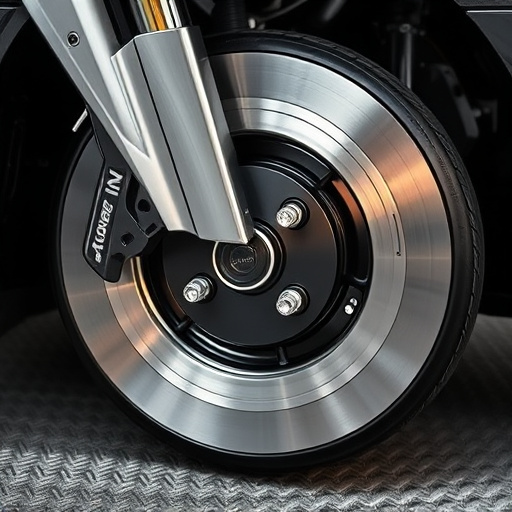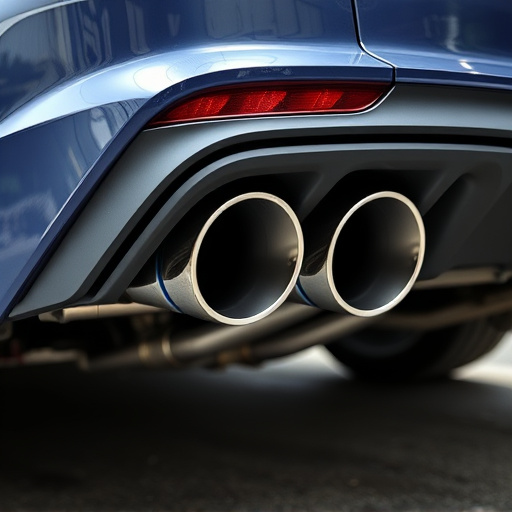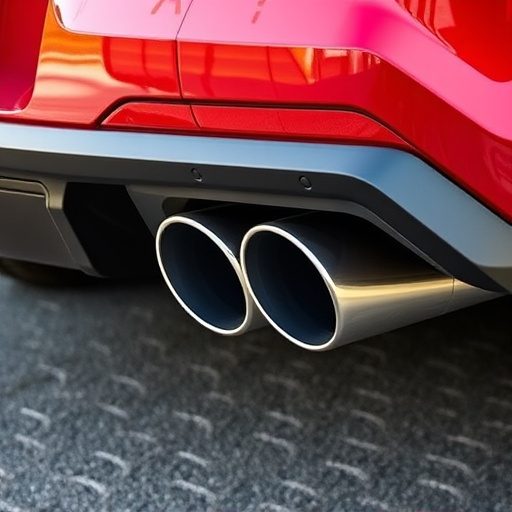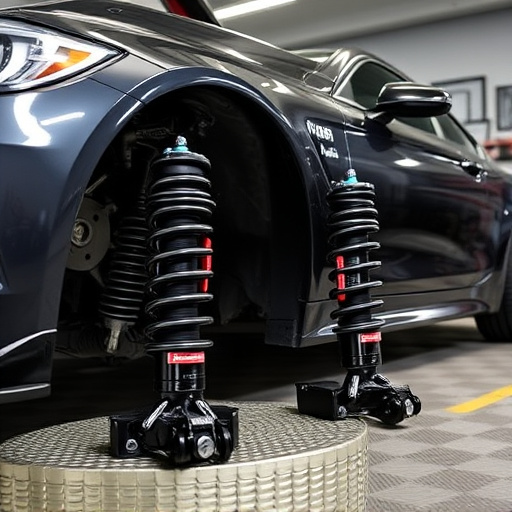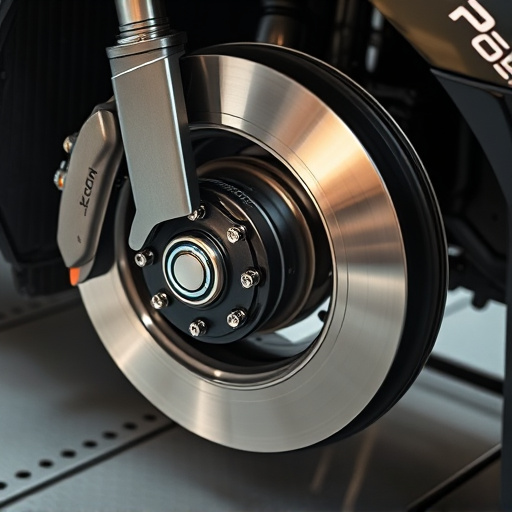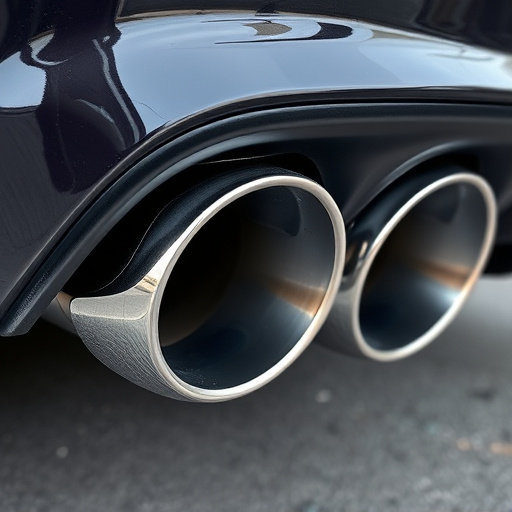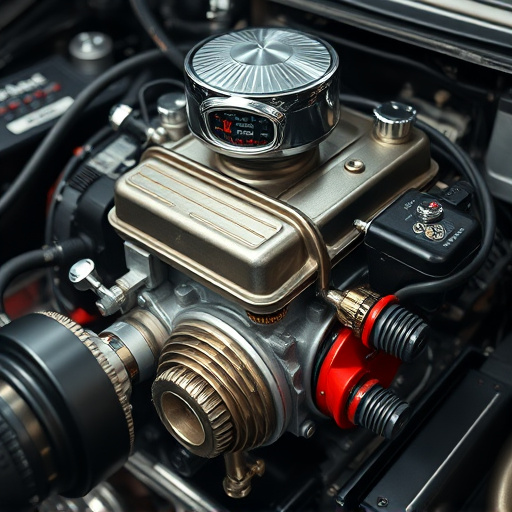Regular maintenance of your adjustable suspension system is key to optimal performance, safety, and longevity. Inspect springs, shock absorbers, and connections for wear or damage every few hundred miles. Keep the system clean and lubricate parts as recommended by manufacturers. Correct camber and toe settings prevent uneven tire wear and handling issues. Regularly check control arm bushings and ball joints for loose components causing clunking noises. Promptly address any damage, leaks, or steering changes for a smooth, safe ride.
Discover how to keep your new adjustable suspension system in peak condition with this comprehensive guide. From understanding its intricate mechanics to performing regular maintenance checks, you’ll learn essential techniques for optimal performance. We’ll also shed light on common issues and equip you with quick troubleshooting tips. Mastering proper care will ensure your vehicle’s handling, comfort, and safety remain top-notch, extending the lifespan of your adjustable suspension system.
- Understanding Your Adjustable Suspension System
- Regular Maintenance Checks for Optimal Performance
- Common Issues and Quick Troubleshooting Tips
Understanding Your Adjustable Suspension System
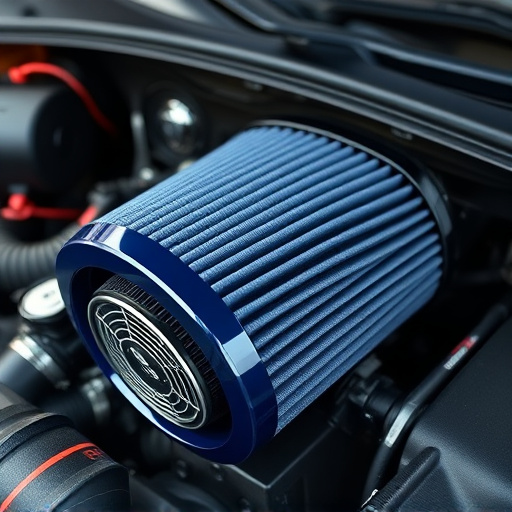
Understanding your adjustable suspension system is crucial for maintaining its optimal performance and longevity. This advanced engineering marvel allows drivers to fine-tune their vehicle’s handling and ride quality, catering to various driving styles and terrains. The key components include shock absorbers, springs, and control arms, which work together to absorb impacts and maintain stability. By adjusting these elements, you can lower or raise your car, change its stiffness for better cornering or a smoother ride, and even fine-tune your brake pads’ engagement for enhanced stopping power.
Regular inspection of your adjustable suspension system is essential. Check for any signs of wear, corrosion, or damage to the suspension components. Ensure that all bolts and fasteners are tightly secured, especially after installing air intake systems or air filter kits, which can affect airflow dynamics. Keep an eye on your vehicle’s alignment as well, as improper adjustments could lead to uneven tire wear and handling issues. Proper maintenance not only extends the life of these sophisticated parts but also ensures a safer and more enjoyable driving experience.
Regular Maintenance Checks for Optimal Performance
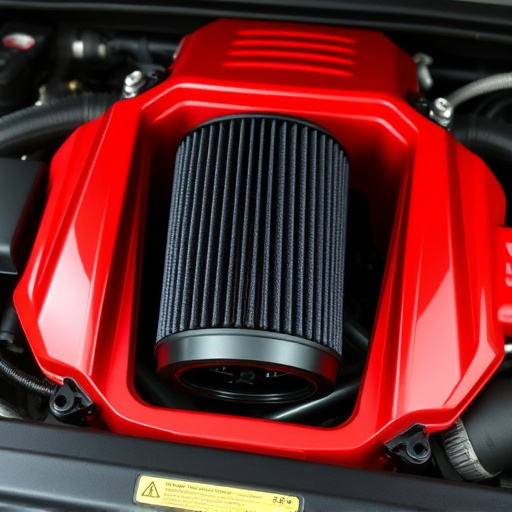
Regular maintenance checks are essential for keeping your adjustable suspension system running at its best. Start by inspecting the system for any signs of wear or damage after every few hundred miles or as recommended by the manufacturer. This includes checking the springs, shock absorbers, and other components for any loose connections or unusual noises. A quick visual check can help identify issues before they become bigger problems that could affect your vehicle’s handling and safety.
For optimal performance, consider incorporating regular cleaning and lubrication into your maintenance routine. Keeping the suspension system clean helps prevent debris buildup that can hinder its operation. Lubricating moving parts according to the manufacturer’s guidelines ensures smooth adjustments and extends the lifespan of high-performance parts, such as those found in many modern vehicles with advanced air intake systems and performance exhausts. Regular maintenance not only enhances your driving experience but also ensures your adjustable suspension system remains reliable over time.
Common Issues and Quick Troubleshooting Tips
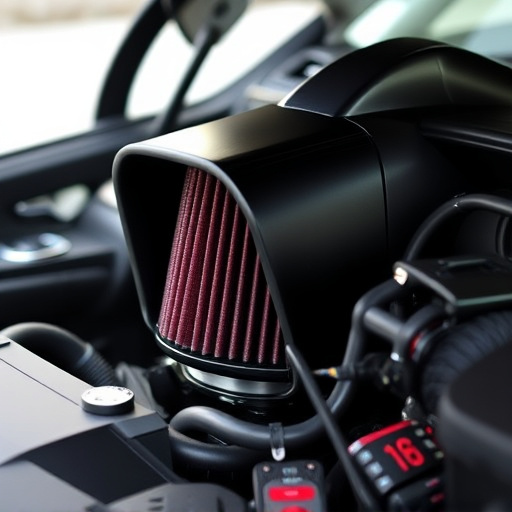
Even with proper installation, an adjustable suspension system can encounter common issues over time. One frequent problem is uneven tire wear, often caused by improper camber or toe settings. This can lead to handling problems and reduced tire life. To address this, regularly check and adjust the suspension’s alignment according to the manufacturer’s specifications. Another issue could be a clunking noise from the front end, typically indicating loose control arm bushings or ball joints. Replacing these worn parts is crucial for maintaining ride comfort and safety.
Quick troubleshooting tips include visual inspections for any signs of damage or wear on components like shock absorbers, struts, and control arms. If you notice leaks, it’s likely from the exhaust systems or brake components—areas that require regular maintenance. Keep an eye out for sudden changes in steering response, which might signal a problem with high-performance parts or a misalignment issue. Promptly addressing these issues will ensure your adjustable suspension system continues to deliver optimal performance and longevity.
Maintaining your new adjustable suspension system requires a balance of understanding its mechanics, regular care, and quick issue resolution. By following these guidelines, you’ll ensure optimal performance, extend the life of your system, and enjoy a smooth, controlled ride for years to come. Regular checks and proactive troubleshooting will help keep your adjustable suspension system running smoothly, allowing you to navigate various terrains with ease.




